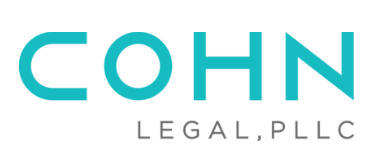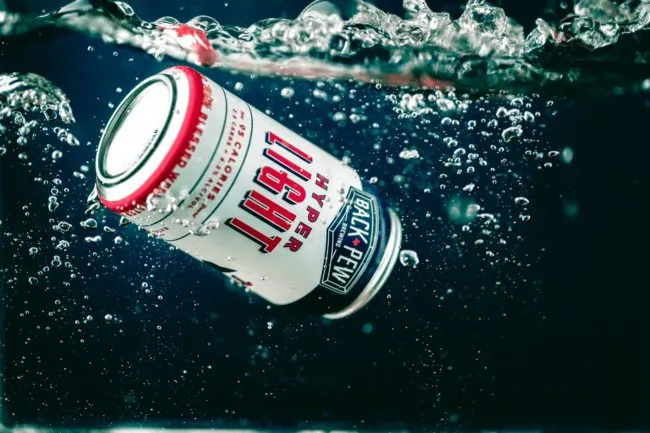Product Liability and Intellectual Property: When Counterfeit Products Lead to Personal Injury Claims
The Legal Risks of Counterfeit and Defective Goods If you have been injured by a counterfeit product, you may wonder what next steps to take. After all, you likely thought you had purchased the authentic version and were unaware of the damage a fake product could cause. You likely have a valid product liability claim, but where should you turn? Fake products can be dangerous because the manufacturers are concerned more about profit than safety.…
















